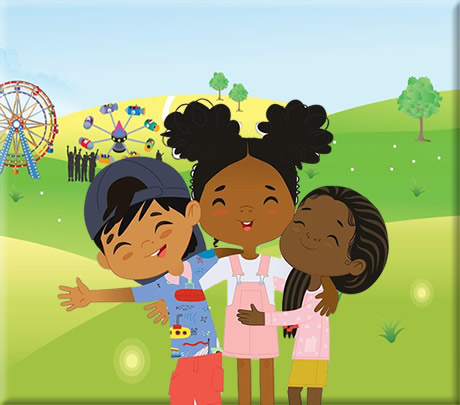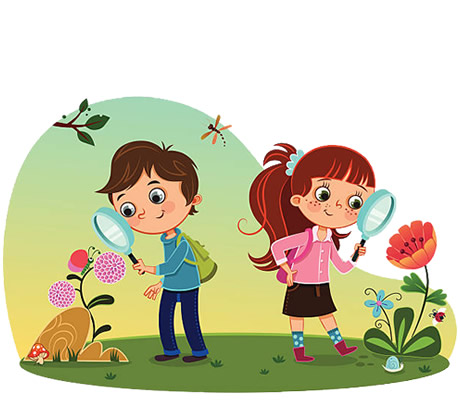3K Journeys

![]()

Journey Ideas:
Observe, collect, and investigate objects in nature
Use “found materials” to further our classroom inquiries
Use the outdoors to further strengthen our gross/fine motor skills
More Journey Ideas
PS 223Q is situated across the street on Sutphin Blvd. from the beautiful Baisley Pond Park with its sprinklers, play equipment and nature trails. This is a wonderful play space where students can run free and explore nature or play. Since Sutphin Blvd. is a busy street with residential and commercial traffic, trucks, cars, busses etc. We are also only a few blocks away from JFK airport.
This provides us with the perfect opportunity to talk about community helpers and transportation. Old fashioned neighborhood walks; the world is your oyster!
Here’s how you can turn any walk into a JOURNEY!
**You might want to have a Journey Bag for each student or a system that works for you to organize and transport journey materials. Journey materials may include notebooks, a camera (a student can be the documentarian), crayons, pencils, magnifying glasses, Ziploc bags for natural treasures; bring the items inside and place them in a basket for observation, discussion, and play.
Check out this really cute Nature Guide:
- Be open to the wonder of noticing small details and new growth.
- Walk at different times of the day to increase your chances of seeing something new.
Ask questions “What’s different about what you see today?”
Model using all five senses. You might say, “I’m seeing the big clouds,” “I’m touching the wet grass,” “I’m hearing the jets of an airplane,” or “I’m smelling the fallen pine tree needles.” It’s not safe to taste many things outdoors, but you can “taste” the air.
- Carry along magnifying glasses so children can get an up close and personal with nature and then record their findings in a notebook.
- Make dressing for the weather part of the learning experience by singing songs about the weather as you put on hats, or several layers of clothing. Try “You Are My Sunshine,” “It Ain’t Gonna Rain,” or “The Mitten Song”. Make up your own songs too!!
- You can chart the weather and make predictions as well Observing the weather
On the walk, use your magnifying glass to look closely at drops of rain hanging from a leaf or to examine the structure of snow. If it has recently rained, we can watch where the water flows and ask, “I wonder where it will go from here?”
If it is sunny, make shadows with your body or jump over the shadows of our friends. Shadow tracing or filling is also great fun; come back later in the day to check on their work... Use sidewalk chalk to draw the shapes of the clouds you see.

Use your magnifying glass to look closely at small wildlife such as snails, roly-polies, worms, and any non-stinging insect that will hold still long enough. Ask your students to show you how the worm or ant moves...

Look closely at the different shapes, sizes, and structures of leaves and flowers. Collect (FALLEN) leaf shapes and then make rubbings of different types of leaves. To do this, put a piece of paper over a leaf resting on a hard surface, then rub or wipe the paper with a crayon held sideways to reveal the leaf’s veins and edges.
Collect fallen leaves and seeds by pressing them into the sticky side of a loop of tape. Ask your students to measure how tall a plant is in relation to their body (“This bush is as tall as my knee”). Observe changes in the life cycle of a plant. If a plant has a bud on it, ask your students to guess how many days it will take to open. Then count the days as you revisit the plant on your walks. Have them record their findings in a note-book.

Use your magnifying glass to see the tiny shapes of crystals or pieces of sediment that make up the rocks in your neighborhood. Compare sizes and colors. Try using them as chalk on other rocks or on the sidewalk
![]()









